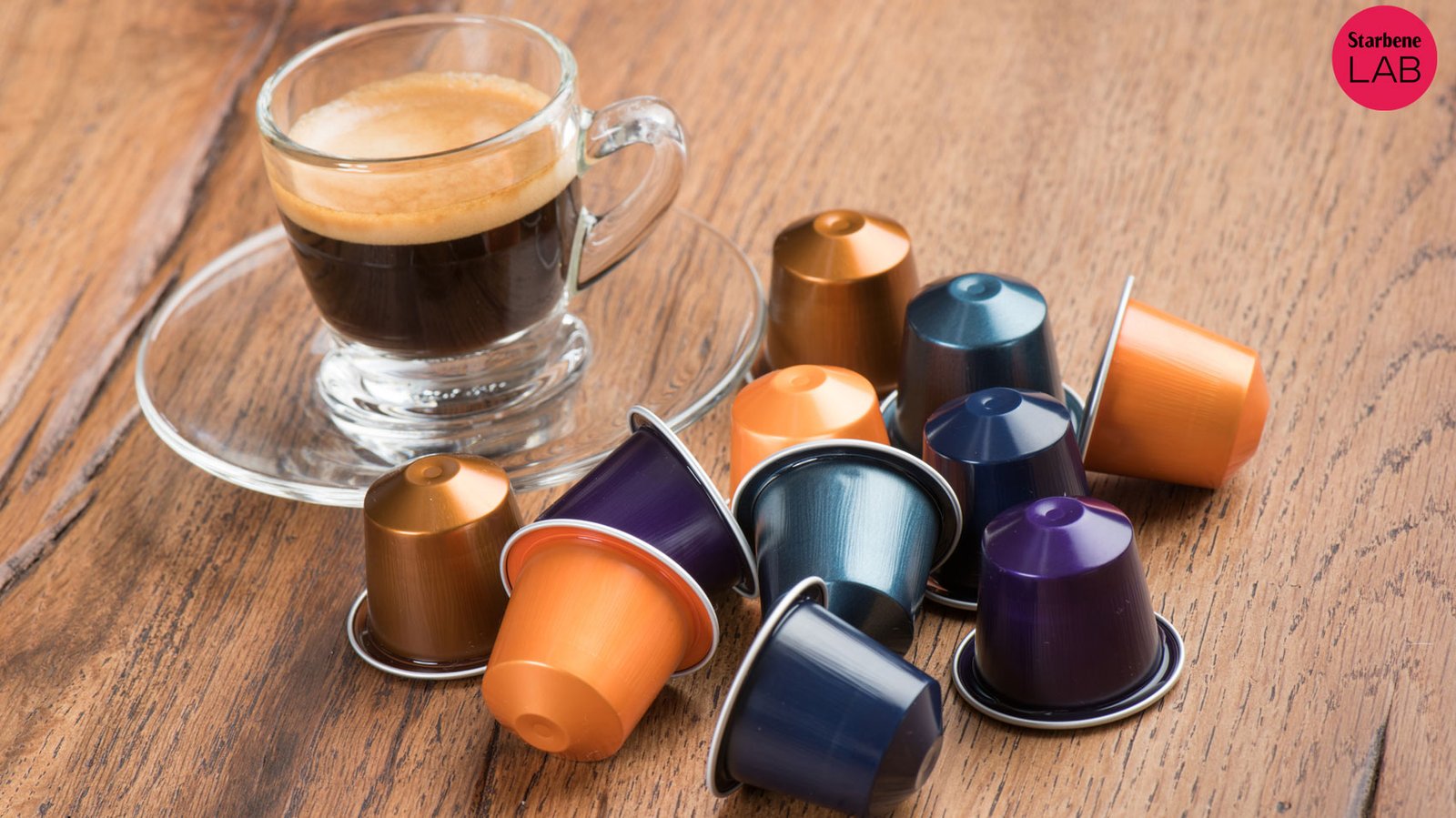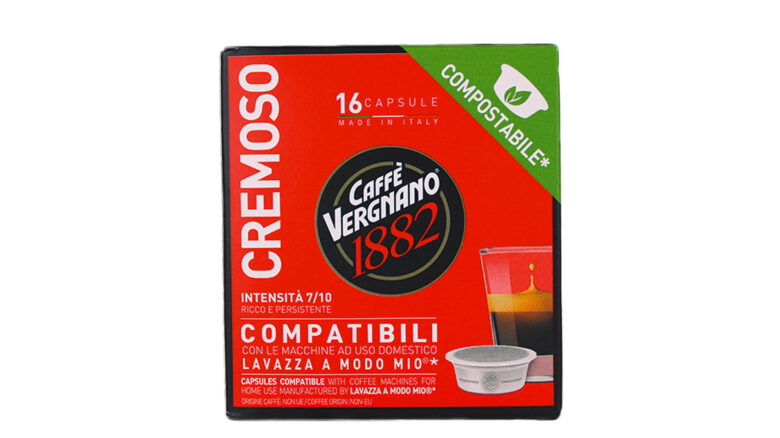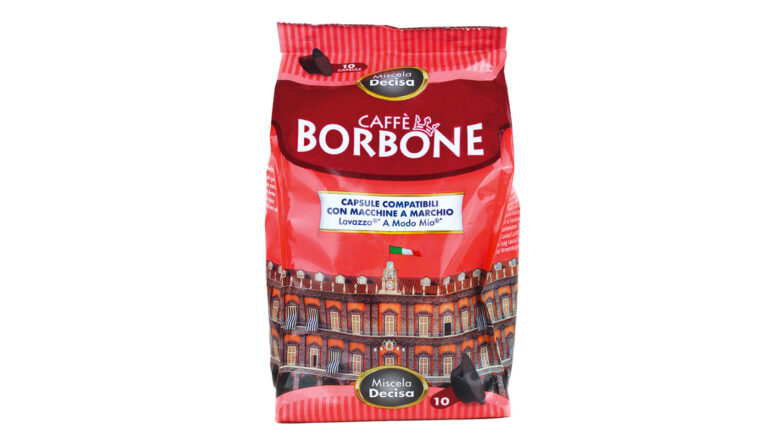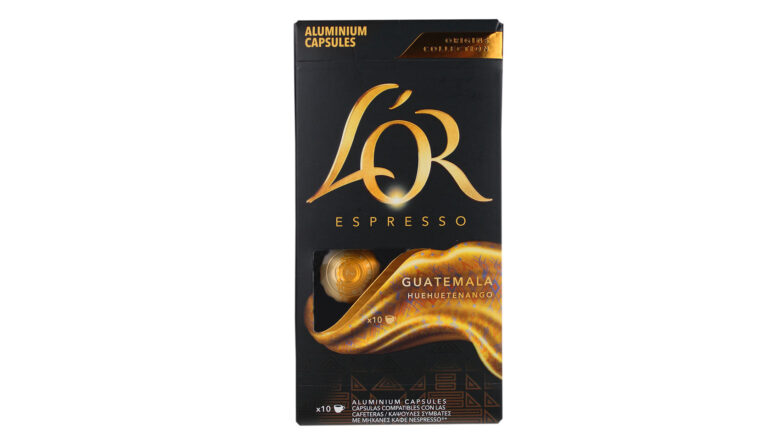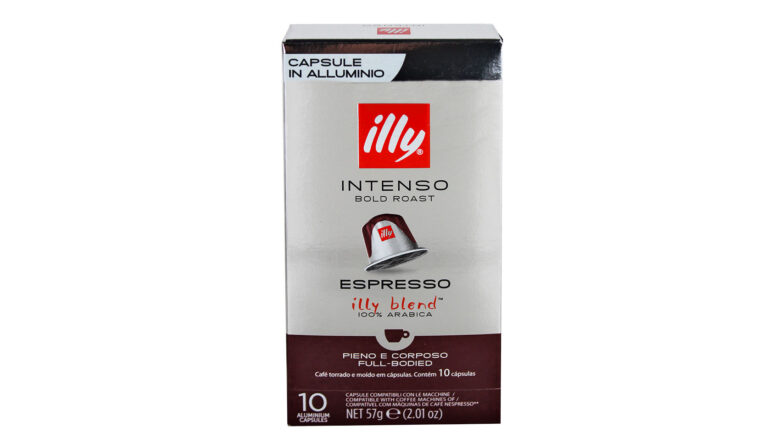Espresso pods, at home or at the bar, vary in price and quality. We’ve tried 12 of them, among the ones commonly found in supermarkets, and here are our favourites… The best ones respect the environment and retain the aroma and creaminess
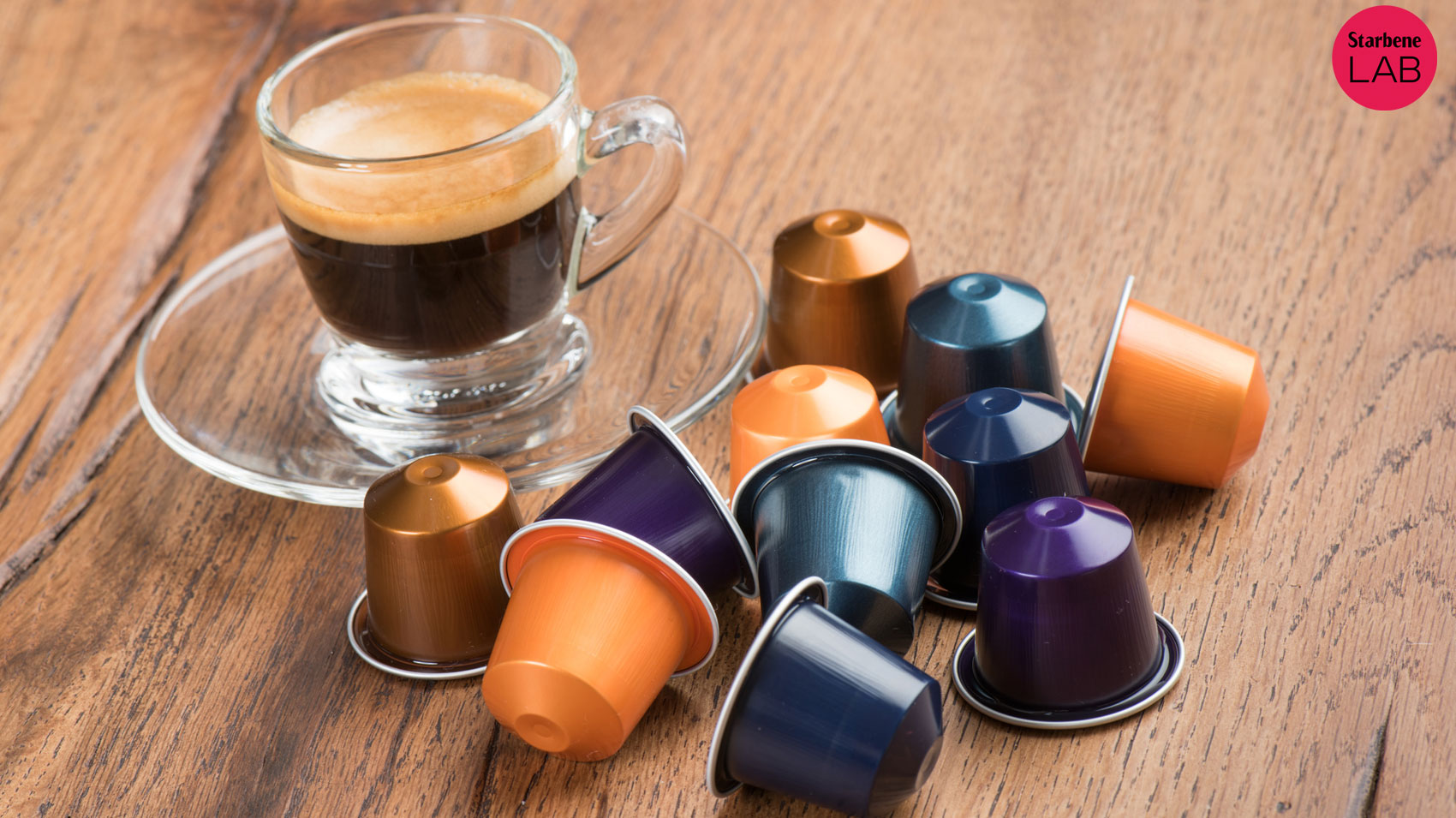
Of Giorgio Sassi
It is obtained by quickly passing hot water under pressure through a small amount of ground and lightly pressed product, so as to extract its aroma and taste. The coffee in capsules It is a concentrate of pleasure that, in order to provide maximum satisfaction, must meet exact requirements: quality of raw material, correct degree of moisture, perfect grinding, airtight packaging, sustainability and price in mind.
A sprint injection
“Gone are the days when the doctor, at the end of a routine visit, would repeat like a mantra: ‘Remember, no alcohol, no cigarettes and some coffee,'” begins our nutritionist, MD. Diana Scatozza. “Today we know that his virtues are many: la caffeine it improves reaction times and memorization skills, also having a positive effect on the vision mechanism. In addition, coffee contains antioxidants, increases diuresis, has a tonic effect on the heart, promotes gastric secretion and bowel function, and is useful against headaches, thanks to its vasoconstrictive action.” large
and the contraindications are very few:Not recommended for those suffering from gastritis or ulcer and for those who are hypersensitive to caffeine and experience tachycardia and agitation after consuming it. in these cases you can choose decaf”, continues the expert. “In the case of espresso in capsules, it must be said that, above all, the enjoyment of the aromas prevails over the results: the short contact of the water with the ground coffee limits the extraction of caffeine compared to what happens for example with a mocha . In addition, if we want it to be aromatic but lighter, we can choose the Arabica variety which is less stimulating than the Robusta variety.”
A look at the material
For our test we took into account capsules compatible with two of the most used systems: Nespresso and Lavazza “my way”, preparing them with original machines from the same brands. “In both cases, the single-dose pods consist of a body containing the ground coffee, hermetically sealed by a metal foil cover. However, the materials used for the capsules may differ and have been evaluated because, given the huge volumes of consumption, disposal can create significant environmental problems,” explains our food technologist, Dr. Giorgio Donegan.
“Therefore, I preferred capsules made of compostable material, collected in organic waste, and those made entirely of aluminum which are lighter and can be recycled by transporting them to the appropriate ecological islands. while I punished the plastics to be thrown in the undifferentiated collection. I also looked at the amount of packaging, rewarding products that do not have the capsules further sealed, one by one, in the plastic material.’
The taste test
“It is the pleasure that the first sip gives us, the trigger that makes us decide on one product or another,” says the technologist. “There is nothing more subjective, of course, but, having said that, there are still some general criteria, shared by experts, that we followed to judge our samples, all flavored without sugar, to better appreciate each flavor characteristic and aroma ». .
First of all, a look at the cream on the surface: “It must be hazel color, not leaning too far towards dark brown (indicating burnt coffee) nor too light beige (indicating under-roasted coffee). As for the consistency of the cream, it must be thick, compact and persistent (the sugar, if added, should go down slowly and the cream should reconstitute even after the coffee has been stirred)”.
As for the aroma, “you can assess it by putting your nose close to the cup and gently stirring the cream with the spoon,” continues Donegani. “It must be full, just intense, rich and complex; Any notes of chocolate, caramel, vanilla, dried fruit are positive qualities, while some faults are a burnt, rubbery or earthy aroma…. In the mouth, the espresso should not be watery, but full, due to the presence of fatty emulsions, while the taste can have a very slightly acidic or sweet impression, reminiscent of honey or chocolate. Bitterness is pleasant when it leaves a caramelized sugar sensation in the mouth, while too much acidity or too much bitterness are negative characteristics. Finally, a good coffee offers pleasant taste sensations for a long time.”
But how much do they cost?
“The option of using a capsule entails a higher cost compared to ground coffee for mocha, but this is compensated by the particular benefits of the product and the speed and ease of preparation,” the technologist underlines. “Regarding the samples tested, the lowest price for an espresso capsule is 20 cents, while on the other hand a cup of the most expensive costs 43 cents. A difference that I took into account in the evaluation, considering that higher costs often result from better quality and care to respect the environment.”
The auditors of our laboratory: Dr. Giorgio Donegani, food technologist in Milan. Dr. Diana Scatozza, science expert
food in Milan.
Ask our experts your question

